Disclosure: This article contains affiliate links. We may earn a commission from purchases at no extra cost to you, which helps our travel content.
Nestled in the ecological transition zone between the Wasatch Mountains and the Great Salt Lake wetlands, Layton represents a fascinating microcosm of Utah's diverse ecosystems. As a wildlife biologist who's traversed forests from Costa Rica to Slovenia, I found myself unexpectedly captivated by this unassuming city during a research stopover. What began as a convenient base between field sites evolved into a weekend of remarkable biodiversity encounters and outdoor pursuits that rival destinations with far more recognition.
Adams Canyon: A Microcosm of Wasatch Ecosystems
The 3.8-mile trail to Adams Canyon waterfall offers a condensed tour of the Wasatch Front's ecological zones that would delight any forest enthusiast. What struck me immediately was the dramatic transition from scrub oak communities to coniferous woodland within a relatively short elevation gain.
The trail begins in a xeric environment dominated by Gambel oak (Quercus gambelii) before ascending through increasingly mesic conditions where Douglas fir (Pseudotsuga menziesii) and white fir (Abies concolor) create a distinctly Pacific Northwest atmosphere. I found myself constantly pausing to photograph the understory vegetation transitions – a behavior my research colleagues would recognize all too well.
The 40-foot waterfall at the trail's terminus creates a microclimate supporting riparian vegetation otherwise absent in the region. During my April visit, the waterfall was particularly vigorous from spring snowmelt, creating a spectacular mist zone where mosses and ferns thrived in unexpected abundance.
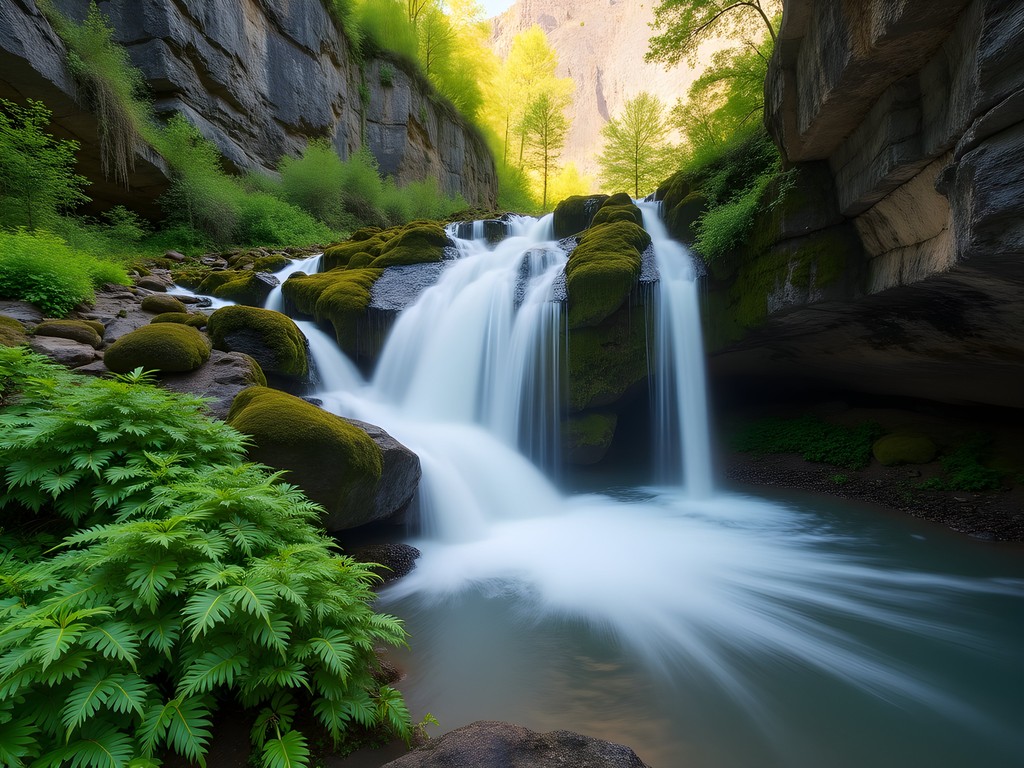
💡 Pro Tips
- Start early (before 9 AM) to avoid crowds and capture the best morning light on the canyon walls
- Pack micro-spikes if hiking in early spring as the final approach can remain icy well into May
- Bring a waterproof case for electronics near the falls – the mist zone is more extensive than it appears
Antelope Island: Where Bison Roam the Shoreline
Accessible via a 7-mile causeway from Layton, Antelope Island State Park represents one of North America's most fascinating ecological juxtapositions – a place where bison herds graze against the backdrop of a hypersaline lake. As someone who's studied mammal populations across three continents, I found the island's isolation and resulting ecosystem dynamics particularly compelling.
The Frary Peak Trail (6.6 miles round-trip) offers the island's highest vantage point and rewards hikers with panoramic views of the Great Salt Lake's intricate mosaic of microbialites – modern-day stromatolites that represent some of Earth's earliest life forms. The alkaline-adapted microorganisms create distinct banding patterns visible from above, essentially offering a glimpse into what Earth's primordial waters might have resembled.
For wildlife observation, I found my spotting scope indispensable for observing the island's namesake pronghorn antelope, which maintain a healthy distance from the trail systems. The island's isolation has created a natural laboratory for observing ungulate behavior patterns with minimal human habituation.

💡 Pro Tips
- Visit weekdays if possible – the island becomes quite busy on spring weekends
- Bring high-SPF sunscreen as the trail offers minimal shade and the salt flats intensify UV exposure
- Pack at least 2 liters of water per person as the dry air and elevation gain can quickly lead to dehydration
Kayaking the Great Salt Lake Wetlands
The eastern shore wetlands of the Great Salt Lake represent one of North America's most critical migratory bird habitats, supporting millions of individuals across hundreds of species annually. Launching from the Jensen Nature Park in Syracuse (just minutes from Layton), I spent a remarkable morning paddling through meandering channels that connect freshwater marshes to the hypersaline lake.
Unlike my previous kayaking experiences in coastal mangroves or alpine lakes, the Great Salt Lake wetlands present a fascinating ecological gradient where salinity levels create distinct vegetation zones visible from the water. The transition from cattail marshes to saltgrass meadows to pickleweed flats demonstrates classic halophyte succession patterns I'd previously only discussed theoretically in biodiversity lectures.
For this excursion, my dry bag proved essential for protecting field notes and camera equipment, while my polarized sunglasses helped cut through water surface glare to observe the remarkable diversity of aquatic invertebrates that support the wetland food web. I was particularly struck by the abundance of brine shrimp and brine flies – seemingly simple organisms that convert the lake's microbial biomass into a protein source supporting millions of migratory birds.
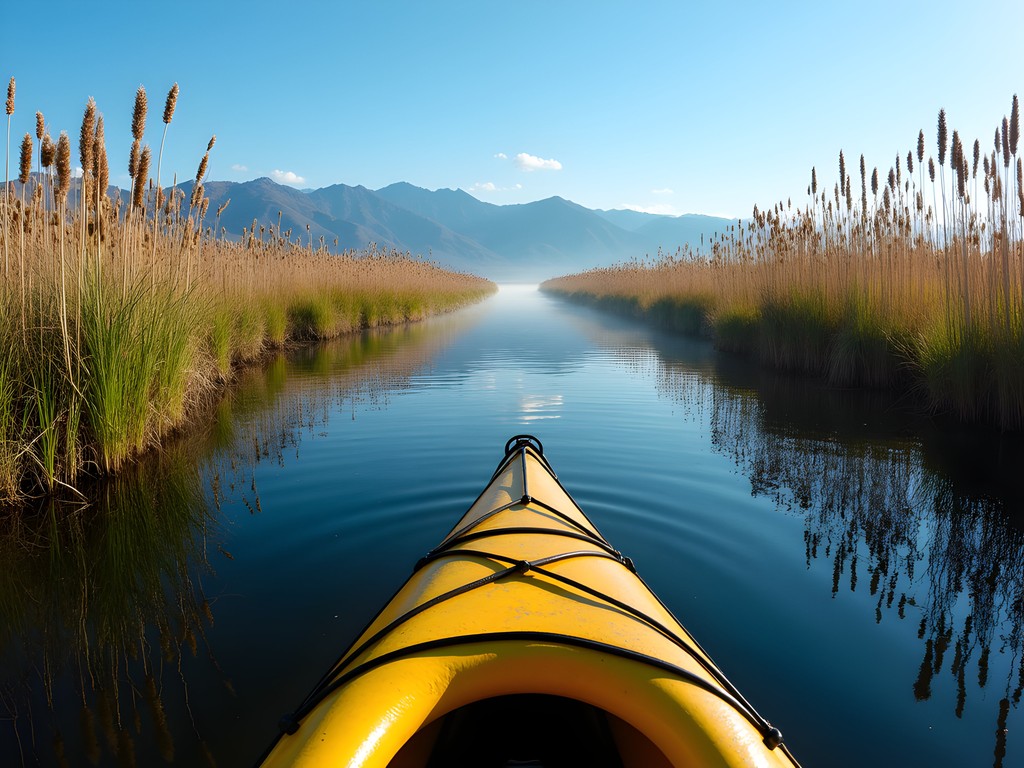
💡 Pro Tips
- Early morning provides the calmest water conditions and best wildlife viewing opportunities
- Bring a field guide to wetland birds – the diversity during migration periods is extraordinary
- Apply insect repellent liberally as the wetlands can harbor significant mosquito populations in spring
Thurston Peak: The Overlooked Summit
While most visitors to the region focus on the more famous peaks surrounding Salt Lake City, Thurston Peak (9,706 ft) offers a challenging summit experience with fraction of the crowds. Accessible via the demanding Fernwood Trail from Layton (approximately 10 miles round-trip with 4,000 feet of elevation gain), this peak sits at the junction of Davis, Morgan, and Weber counties.
As someone who's hiked extensively across four continents, I found the ecological transitions along this trail particularly fascinating. The lower elevations feature typical Wasatch Front vegetation, but as you ascend above 8,000 feet, the plant communities begin showing distinct similarities to what I've observed in the Southern Rockies – a biogeographical transition zone that speaks to Utah's position at the nexus of several major North American ecological regions.
For this demanding day hike, my trekking poles proved invaluable for the steep sections, while my water filter allowed me to replenish at several springs along the route rather than carrying an excessive water load. The summit offers a remarkable 360-degree panorama encompassing the Great Salt Lake, the Wasatch Front urban corridor, and the more remote ranges extending toward Wyoming.
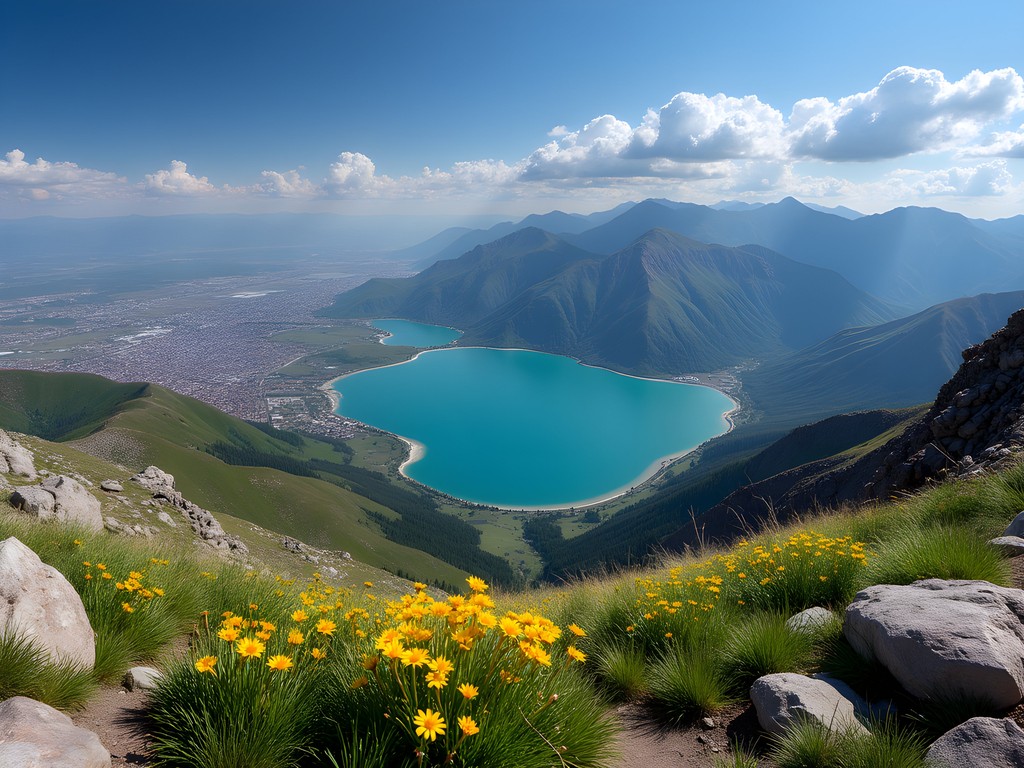
💡 Pro Tips
- Start no later than 7 AM to ensure completion before afternoon thunderstorms become a risk
- Download offline maps as cellular reception is spotty above 8,000 feet
- Bring layers – the temperature differential between Layton and the summit can exceed 20°F
East Mountain Wilderness Park: Forest Bathing Minutes from Downtown
For those seeking a more contemplative outdoor experience without committing to a full-day adventure, East Mountain Wilderness Park offers a network of recently developed trails through remarkably intact Gambel oak woodland just minutes from downtown Layton. As someone who researches the psychological benefits of forest immersion, I found this urban-adjacent natural area particularly impressive.
The park's 8-mile trail network features several loops of varying difficulty, with the Adams Canyon Bonneville Shoreline connector offering a fascinating glimpse into the ancient Lake Bonneville shoreline features that shaped the region's topography. During my morning visits, I observed an impressive diversity of migratory songbirds utilizing the oak canopy – a testament to the ecological value of preserving even relatively small forest patches within urban matrices.
For these shorter excursions, I carried minimal equipment beyond my plant identification app which helped identify several interesting understory species I wasn't familiar with from my work in other North American forest types. The park's eastern trails offer particularly impressive views of the Wasatch Front's dramatic topography without requiring technical hiking skills.
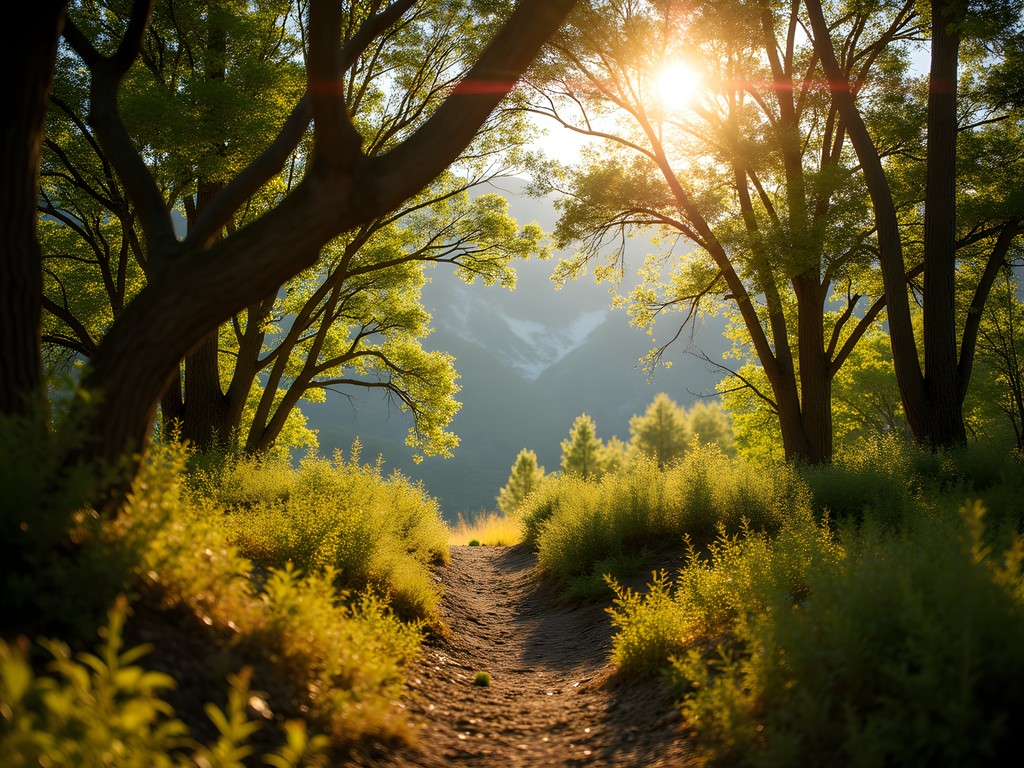
💡 Pro Tips
- The park's limited parking fills quickly on weekends – arrive before 9 AM or after 4 PM
- The north-facing slopes retain snow and mud significantly longer than sun-exposed areas
- Download the trail map beforehand as signage at some junctions is still being developed
Final Thoughts
Layton's position at the ecological crossroads between the Great Basin, Rocky Mountains, and Great Salt Lake wetlands creates a biodiversity hotspot that remains surprisingly overlooked by most outdoor enthusiasts. My weekend exploring this transitional zone between Salt Lake City and Ogden revealed ecosystems worthy of far more recognition than they currently receive.
What makes Layton particularly compelling for the intermediate outdoor enthusiast is the remarkable diversity of experiences available within a 30-minute radius – from alpine summits to hypersaline shorelines, from riparian canyons to oak woodlands. Few locations in the American West offer such ecological variety in such close proximity.
As climate change continues altering western ecosystems, these transition zones between major biomes will become increasingly important both as biodiversity refugia and as living laboratories for understanding ecological adaptation. I encourage visitors to approach Layton not merely as an outdoor playground but as an opportunity to witness the remarkable resilience and complexity of these overlapping ecosystems. Whether you have a single afternoon or a full weekend, the natural areas surrounding this unassuming city offer insights into ecological processes that have shaped the Intermountain West for millennia – insights that become increasingly precious as these systems face unprecedented change.
✨ Key Takeaways
- Layton offers remarkable ecological diversity within a 30-minute radius
- Spring visits provide optimal conditions for experiencing both mountain and wetland ecosystems
- Early morning starts are essential for both wildlife viewing and avoiding crowds
- The area's transition zone status creates unique biodiversity patterns worth exploring
📋 Practical Information
Best Time to Visit
April-June (spring)
Budget Estimate
$300-500 for a weekend (accommodations, meals, equipment rentals)
Recommended Duration
2-3 days
Difficulty Level
Intermediate





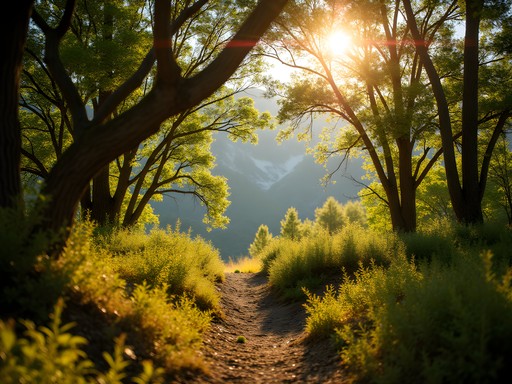






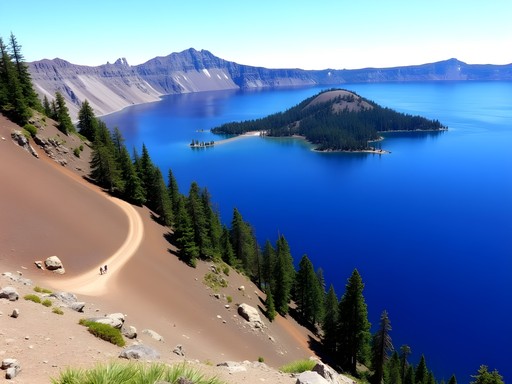


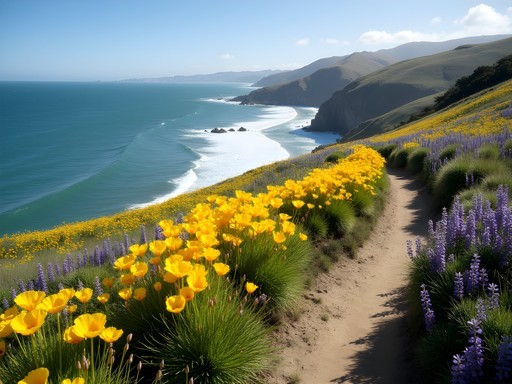
Comments
smartvibes
Love the wetlands kayaking suggestion! Never thought of Layton as a paddling destination.
nomadnomad
The wetlands are seriously underrated! So many birds and hardly any people.
nomadnomad
Finally made it to Thurston Peak last week! Connor wasn't kidding about it being overlooked - we had the summit entirely to ourselves on a Saturday! The 360° views are unbelievable. You can see the entire Wasatch Front, the Great Salt Lake, and even into Wyoming on a clear day. Definitely more challenging than Adams Canyon but worth every step. We used our hiking poles which were absolute lifesavers on the steep sections.
wanderexplorer
Great post! Anyone know the best time to visit Antelope Island? Hoping to see the bison but avoid the notorious biting gnats I've heard about.
Sophia Gomez
I visited Antelope Island last October and it was perfect! Cool enough that the gnats were gone, but still warm enough for hiking. The bison were active and we got some amazing photos at sunset with the mountains reflecting in the lake. Magical place that feels like stepping into another world. Just remember to bring binoculars for wildlife spotting!
wanderexplorer
Thanks Sophia! October sounds perfect. Did you do the Buffalo Point trail?
Sophia Gomez
Yes! Buffalo Point is short but the views are incredible. Definitely worth it!
Dylan Turner
Connor's analysis of Layton as an ecological transition zone is spot-on. I've been researching Utah's biodiversity hotspots for a client project, and the interface between the Wasatch and Great Basin creates fascinating microhabitats. Adams Canyon exemplifies this perfectly - the diversity of plant communities changes dramatically as you ascend. One addition to Connor's excellent guide: for those interested in geology, the exposed strata along the Adams Canyon trail offers a readable timeline of the region's geological development. The visible fault lines and erosion patterns tell a compelling story about the formation of the Wasatch Front. For accommodation, I recommend staying in Layton rather than commuting from Salt Lake City - it provides much more convenient access to these natural areas, particularly for early morning wildlife viewing.
adventurelife
Just hiked Adams Canyon last weekend and it was incredible! The waterfall at the end is totally worth the climb. We spotted some mule deer on the way up too. Connor's right about the ecological diversity - you really do pass through different mini-ecosystems as you climb. Make sure to bring plenty of water though, that last mile gets steep!
smartvibes
How long did the hike take you? Planning to go next month.
adventurelife
About 3 hours round trip with stops for photos. The last section is the toughest but totally doable!
Raymond Hassan
Connor has captured the ecological diversity perfectly. As someone who's hiked extensively throughout Utah, Layton often gets overlooked in favor of the national parks, but the biodiversity here is remarkable. The transition zones create unique microhabitats that support species you won't find together elsewhere. I particularly appreciated the section about Thurston Peak - it's significantly less crowded than many Wasatch summits but offers equally spectacular views. For those planning a visit, I'd add that spring wildflowers in Adams Canyon are exceptional, usually peaking in late May to early June depending on snowmelt.
bluelegend
OMG just got back from kayaking the wetlands and WOW!!! First time seeing that many birds in one place! The rental place recommended early morning and it was PERFECT - saw like 20 different species! The way Connor described the ecological transition zone made so much more sense once I was actually there. Already planning to go back for Thurston Peak next month. This blog post seriously changed my opinion of Layton - who knew there was so much cool nature stuff right between Salt Lake and Ogden?? Thanks for putting this on my radar!
Megan Martin
I appreciate how Connor highlighted Layton's unique position at the ecological crossroads. I was in the area for a conference last month and added an extra day to explore Adams Canyon based on a colleague's recommendation. The biodiversity was remarkable - from riparian zones to alpine meadows in one hike. For business travelers with limited time in the Salt Lake area, Layton offers the perfect nature escape without requiring a full day commitment. The trail signage could be better though - I recommend downloading offline maps before you go. Looking forward to returning for Antelope Island on my next trip.
nomadmate
Is Adams Canyon doable in winter or should I wait till spring?
sunsetmood
I did it last winter with microspikes. The waterfall freezes - absolutely magical!
George Hayes
Great write-up, Connor! My family and I visited Layton last summer as part of our cross-country road trip. The kayaking in the Great Salt Lake wetlands was a highlight for my kids. We rented from the small outfitter near the Antelope Island causeway (can't remember the name) and they provided perfect equipment for beginners. The guides pointed out so many bird species we never would have noticed. My 8-year-old daughter still talks about seeing the bison on Antelope Island - they came surprisingly close to the trail! For families considering this trip, I'd recommend staying at the campground on the island for at least one night. The sunset views are magical, and the stargazing is incredible with the dark sky designation. Just bring plenty of bug spray for those evening hours!
bluelegend
Did you have any issues with the brine flies on Antelope Island? I've heard they can be intense certain times of year!
George Hayes
They were definitely present along the shoreline, but not bad on the hiking trails away from the water. We used our bug repellent and had no issues. The bison sighting more than made up for a few flies!
Venture X
Premium card with 2X miles, $300 travel credit, Priority Pass